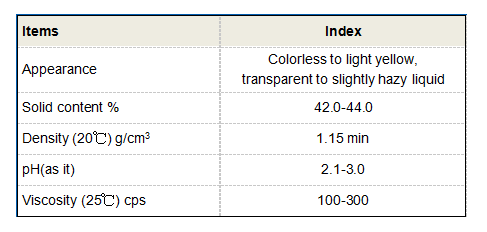Exploring the Diverse Applications of Cationic Polyacrylamide in Various Industries and Processes
Cationic polyacrylamide (CPAM) is a versatile polymer widely used in various industries due to its unique properties and functions. As a water-soluble polymer derived from acrylamide, CPAM carries a positive charge, which imparts specific functionalities that enhance its applicability in diverse fields. This article explores the uses of cationic polyacrylamide, highlighting its significance in water treatment, agriculture, papermaking, and oil extraction.
One of the primary applications of cationic polyacrylamide is in water treatment processes. The positive charge of CPAM enables it to effectively coagulate and flocculate contaminants in water, such as suspended solids, colloids, and organic materials. When introduced into wastewater, CPAM interacts with negatively charged particles, promoting their aggregation into larger flocs that can be easily removed through sedimentation or filtration. This function is particularly beneficial in municipal and industrial wastewater treatment facilities, where achieving high-quality effluent is crucial for environmental compliance and public health.
.
The papermaking industry also benefits significantly from the applications of cationic polyacrylamide. In this sector, CPAM is used as a retention and drainage aid, improving the efficiency of the papermaking process. By promoting the retention of fine particles and fillers, CPAM enhances the formation of a uniform paper sheet and increases the overall yield of the paper production process. Additionally, its ability to enhance drainage rates reduces the energy consumption associated with drying the paper, contributing to more sustainable manufacturing practices.
cationic polyacrylamide uses

Moreover, cationic polyacrylamide finds extensive use in the oil and gas industry, particularly in enhanced oil recovery (EOR) processes. CPAM is used as a thickening agent in water injection systems, helping to improve the viscosity of the injection fluids. This enhanced viscosity allows for better displacement of oil from porous rock formations, thereby increasing the amount of recoverable oil. Additionally, CPAM can help stabilize oil-water emulsions, further optimizing the recovery process.
Beyond these key applications, cationic polyacrylamide also plays a role in other sectors, including cosmetics, food processing, and mining. In cosmetics, it is utilized as a thickener and stabilizer in various formulations. In food processing, CPAM can be used as a clarifying agent in juice production, enhancing the clarity and quality of the final product. In the mining industry, CPAM assists in mineral processing, particularly in the separation of valuable minerals from ores.
In conclusion, cationic polyacrylamide is a multifunctional polymer with a wide range of applications across various industries. Its unique properties, such as moisture retention, flocculation, adsorption, and thickening, make it an invaluable resource in water treatment, agriculture, papermaking, and oil extraction. As industries continue to seek sustainable and efficient solutions, the demand for CPAM and its innovative uses is likely to grow, underpinning its importance in modern industrial practices.
-
Water Treatment with Flocculant Water TreatmentNewsJun.12,2025
-
Polymaleic AnhydrideNewsJun.12,2025
-
Polyaspartic AcidNewsJun.12,2025
-
Enhance Industrial Processes with IsothiazolinonesNewsJun.12,2025
-
Enhance Industrial Processes with PBTCA SolutionsNewsJun.12,2025
-
Dodecyldimethylbenzylammonium Chloride SolutionsNewsJun.12,2025





